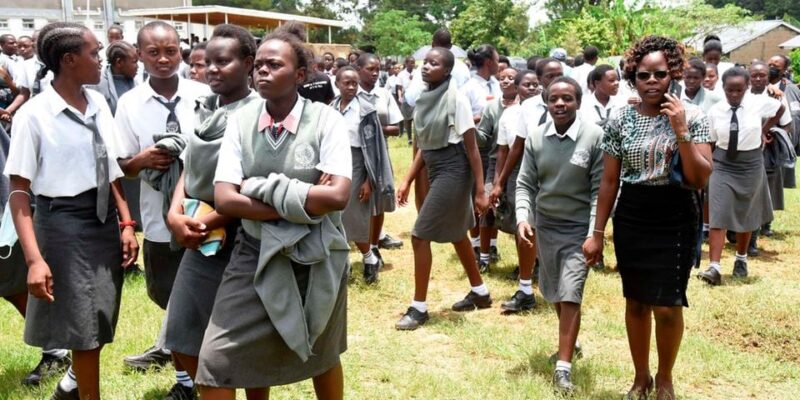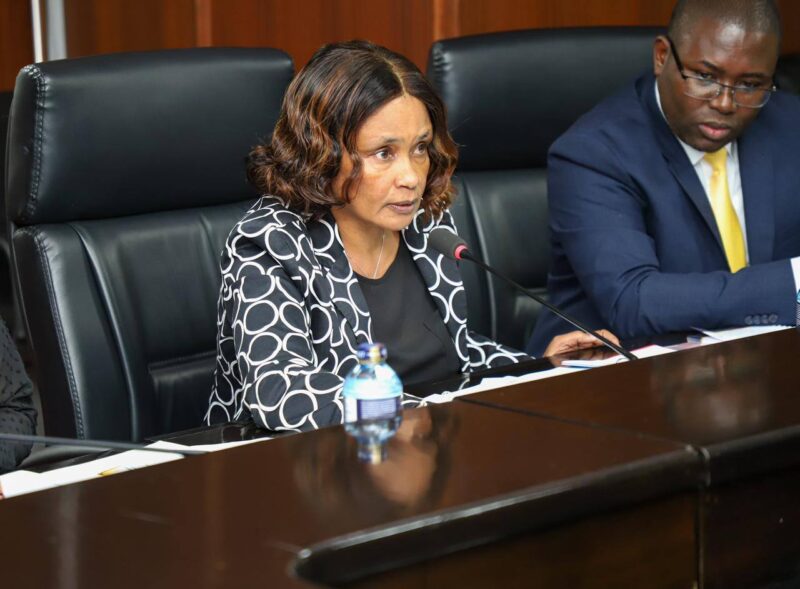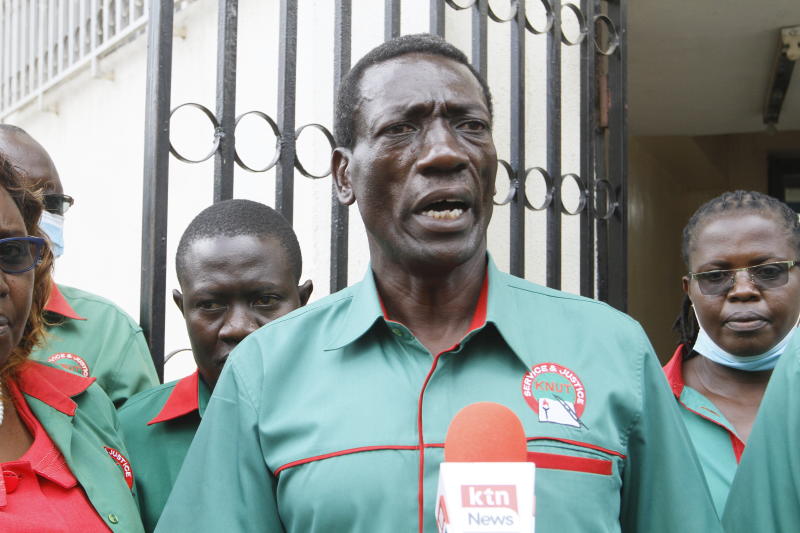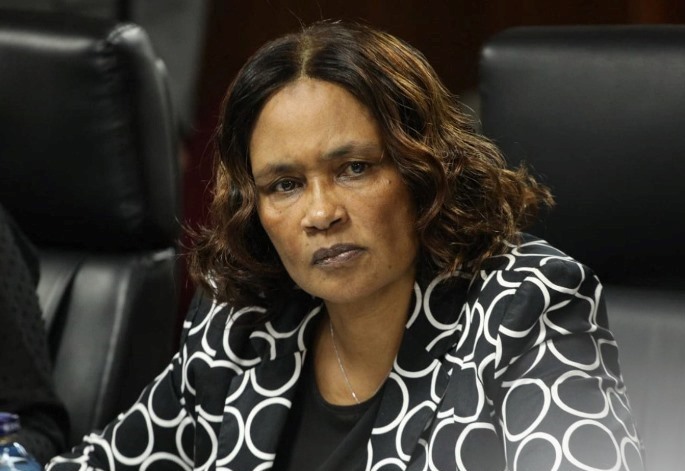As Kenya transitions fully into the Competency-Based Curriculum (CBC), the Teachers Service Commission (TSC) and the Ministry of Education have outlined how teachers will be deployed in junior schools (Grades 7–9). To ensure efficiency, subjects have been grouped into clusters, allowing teachers to handle multiple related learning areas.
This clustering approach is designed to optimize teacher utilization, balance workloads, and align subject specialization with the CBC philosophy of nurturing competencies, values, and practical skills.
1. Languages Cluster
Teachers trained in English, Kiswahili, or Foreign Languages will handle the following subjects:
| Learning Area | Remarks | Lessons/Week |
|---|---|---|
| English | Compulsory | 5 |
| Kiswahili/KSL (for deaf learners) | Compulsory | 4 |
| Pastoral Programme of Instruction (PPI) | Compulsory | 1 |
| Social Studies (Citizenship, Geography & History) | Compulsory | 4 |
| Religious Education (CRE/IRE/HRE) | Compulsory | 4 |
| Total | 18 |
This means a language teacher will not only handle English and Kiswahili but also extend to Social Studies and Religious Education, integrating communication skills with citizenship and values.
2. Mathematics Cluster
Teachers trained in Mathematics will teach both pure and applied subjects.
| Learning Area | Remarks | Lessons/Week |
|---|---|---|
| Mathematics | Compulsory | 5 |
| Integrated Science | Compulsory | 4 |
| Pre-Technical Studies | Compulsory | 5 |
| PPI | Compulsory | 1 |
| Total | 15 |
This shows that a mathematics teacher will also contribute to STEM subjects, reflecting CBC’s emphasis on practical problem-solving.
3. Science Cluster
Teachers trained in Biology, Chemistry, or Physics will cover multiple science-related areas.
| Learning Area | Remarks | Lessons/Week |
|---|---|---|
| Mathematics | Compulsory | 5 |
| Integrated Science | Compulsory | 5 |
| Pre-Technical Studies | Compulsory | 4 |
| Agriculture | Compulsory | 4 |
| PPI | Compulsory | 1 |
| Total | 19 |
Here, science teachers extend their role to agriculture and pre-technical studies, ensuring learners gain hands-on skills.
4. Technical Cluster
Teachers trained in technical subjects will also handle a multi-disciplinary load similar to science teachers.
| Learning Area | Remarks | Lessons/Week |
|---|---|---|
| Mathematics | Compulsory | 5 |
| Integrated Science | Compulsory | 5 |
| Pre-Technical Studies | Compulsory | 4 |
| Agriculture | Compulsory | 4 |
| PPI | Compulsory | 1 |
| Total | 19 |
This ensures technical education is embedded across learning areas, equipping students with innovation and problem-solving skills.
5. Humanities Cluster
Teachers trained in History, Geography, or Religious Studies will be deployed to cover:
| Learning Area | Remarks | Lessons/Week |
|---|---|---|
| Social Studies (Citizenship, Geography & History) | Compulsory | 4 |
| English/Kiswahili/KSL | Compulsory | 5 |
| Religious Education (CRE/IRE/HRE) | Compulsory | 4 |
| PPI | Compulsory | 1 |
| Total | 19 |
This cluster emphasizes citizenship, culture, values, and communication skills, which are key in molding responsible citizens.
6. Creative Arts and Sports
Teachers trained in Music, Physical Education (PHE), and English Language & Literature will handle Creative Arts and Sports, with 5 lessons per week.
This ensures learners get opportunities to explore talent development, physical health, and creativity, vital pillars of holistic CBC education.
Conclusion
The clustering of learning areas in junior school is a strategic step to maximize teacher utilization and foster holistic education under CBC. It allows teachers to handle related subjects while ensuring learners acquire a balanced mix of academic, technical, moral, and creative competencies.
While some educators have raised concerns about workload and cross-specialization, the system is expected to reduce teacher shortages, promote flexibility, and prepare learners for diverse career paths.




